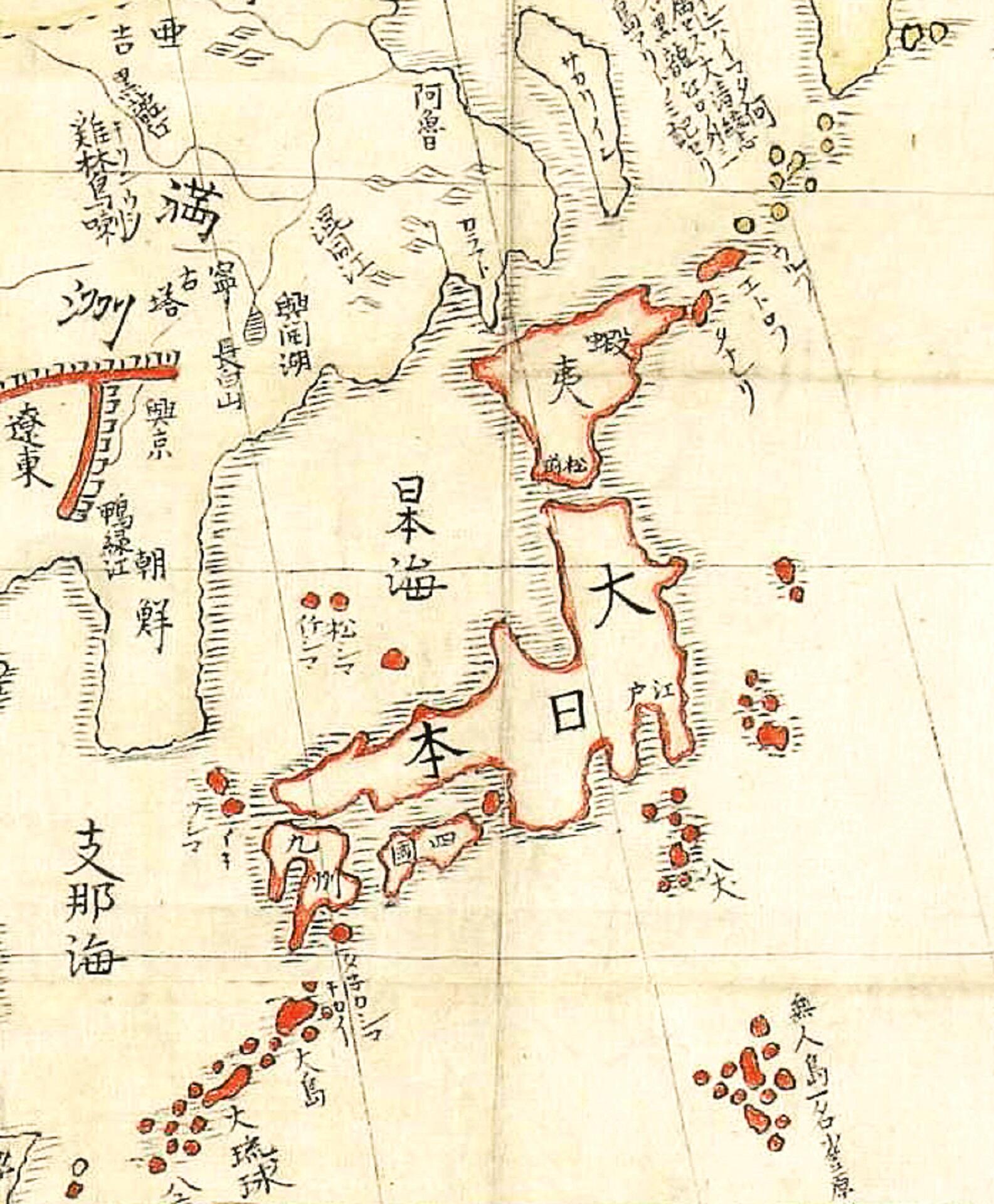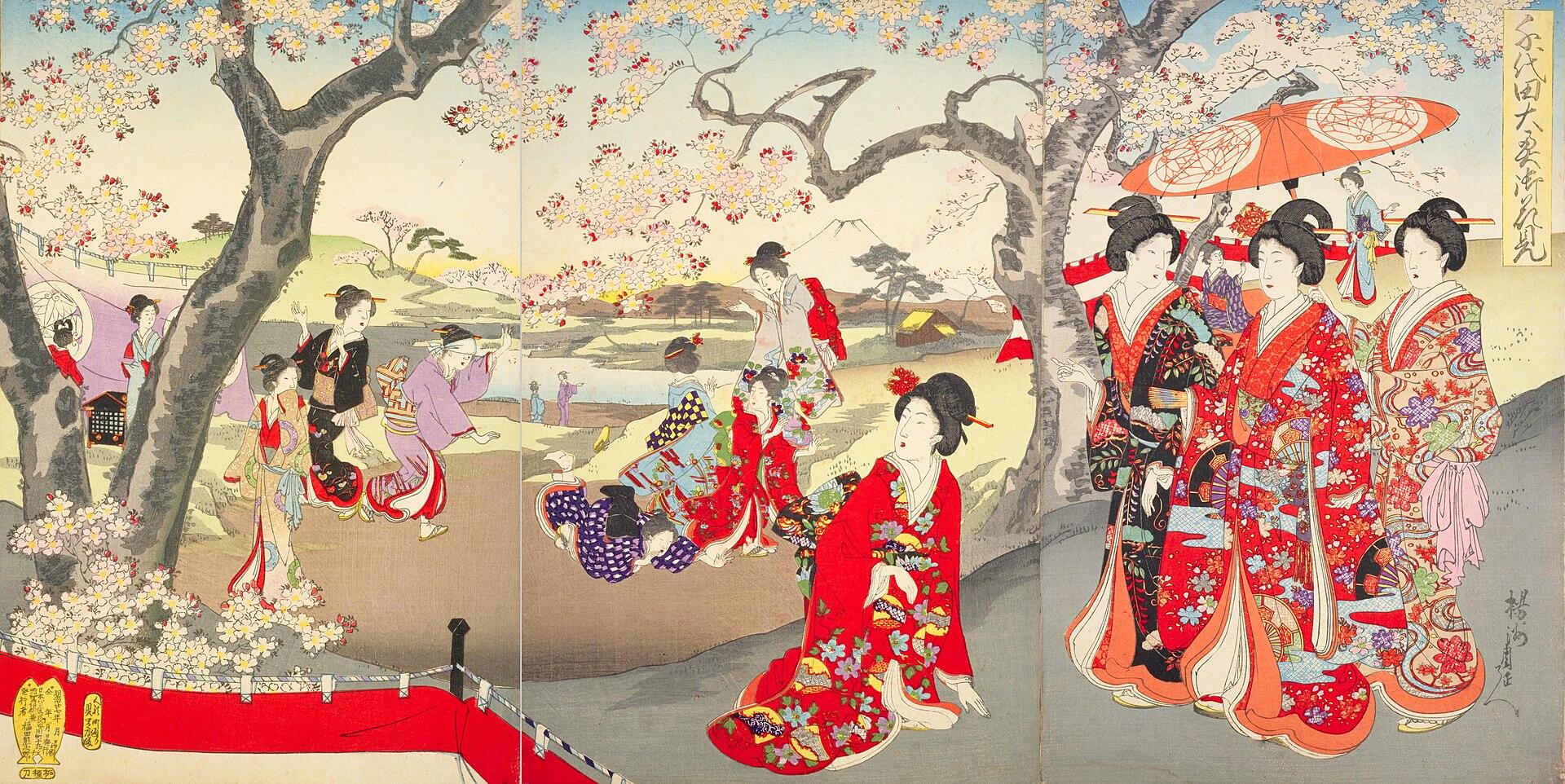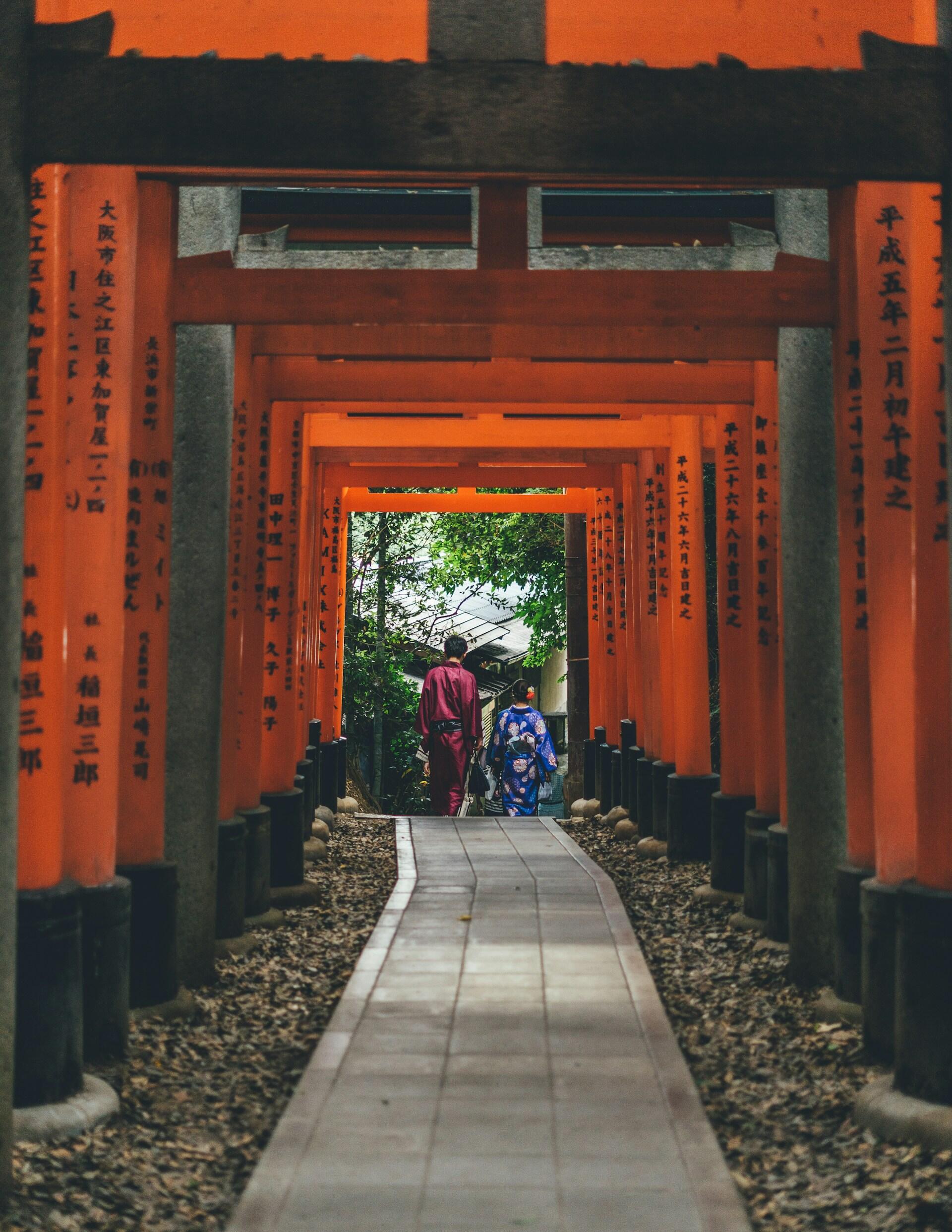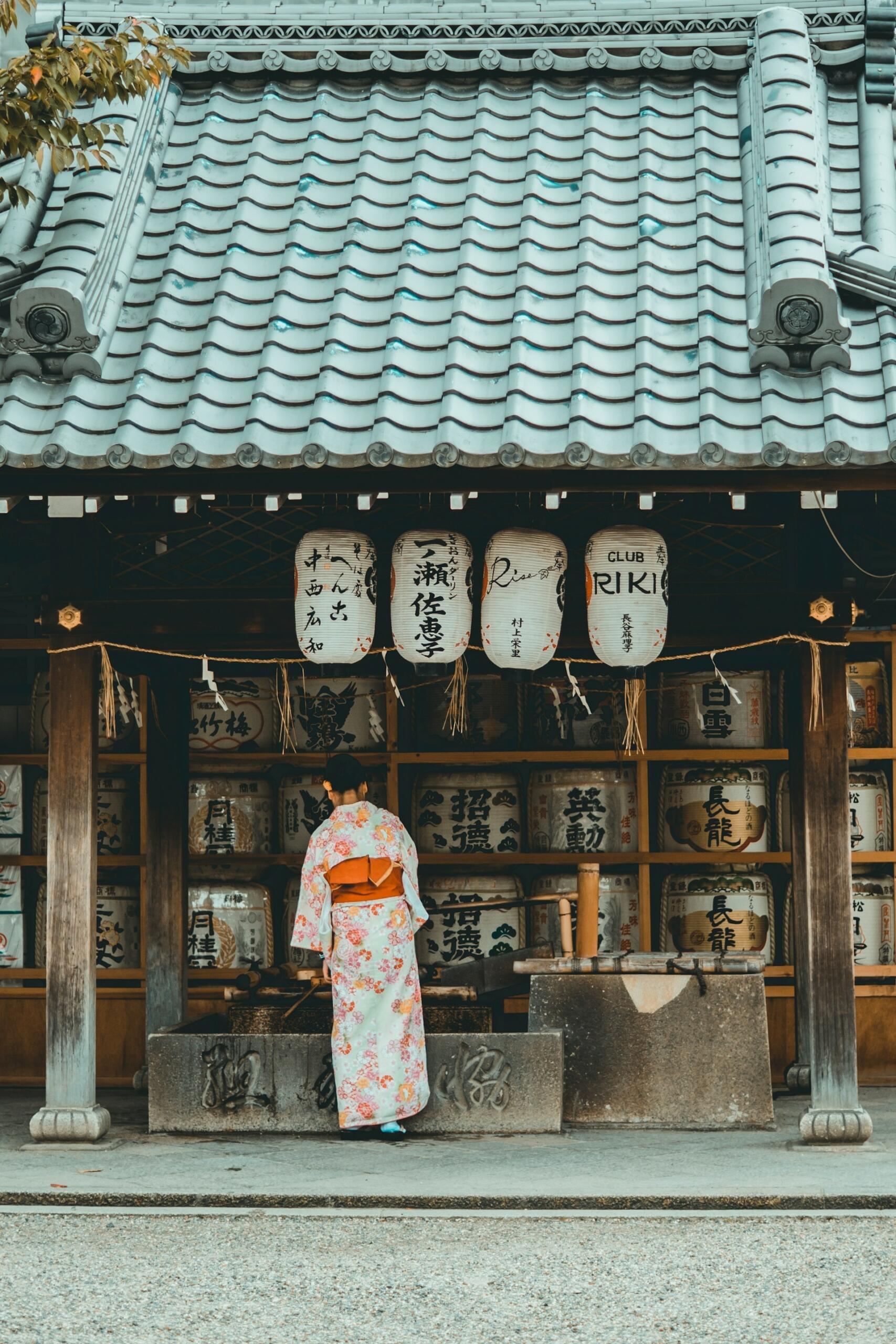Japan under the Shoguns was a lot like life in Medieval Europe. A large, layered peasant class formed the engine that provided economic power. The middle layer, the warrior class, also had a hierarchy, wherein some warriors had more status and social power than others. The elite class comprised two groups: the emperor and the Shogun - the group that set the tone for life in Medieval Japan.

What Was Life Like in Early Japan?

Perhaps the most distinctive aspect of Japan in the shogun era was how organised a society it was. The shogunate maintained a strict social hierarchy, where social mobility was limited. For example, a person born into the peasant class would likely remain a peasant all their life.
Not that peasants were always treated badly, or even considered the lowest social class. In fact, social value in feudal Japan depended on whether a 'class' produced value.
The peasants, who did most of the production, rated higher than, say, the merchant class, which only bartered things of value. In this aspect, Medieval Japan organised its society differently from European feudalists. Though we find the two feudal systems equal on some points, they contrast sharply on others.
Feudal Japan
- The emperor is a spiritual adviser
- Shogun is the political and military leader
- Peasants/servants are the productive class
- Artisans are respected
- Merchants are not respected
Feudal Europe
- The church is the religious authority
- The king is the political and military leader
- Peasants/servants are the least valued
- Artisans are tolerated
- Merchants considered 'middle class'
The European lords and knights fit between the peasants and political leaders, as did the daimyo and samurai in Japan. Artisans, blacksmiths, repairmen, and artists, were merely tolerated 'service people' in Europe. In Japan, their status as value producers placed them above the non-productive people.

The Samurai Under the Shoguns
The shogunate's social framework was systematically structured, with the population predominantly categorized into three essential groups: The ruling classes, the warrior classes, and the peasant classes.
Four divisions made up the warrior class. They were:
Daimyo
- regional warlords ruling large areas
- collected taxes and managed the military
- typically hereditary positions
Samurai
- loyal to one master
- typically commanded military troops
- often earned land or high wages
Ronin
- a samurai without lord loyalties
- typically worked as a mercenary
- often turned to illicit activities to survive
Ashigaru
- the military's foot soldiers
- drafted from the peasant class
- received wages from their daimyo
Medieval Japan's warrior class held high status in Early Japan, particularly the Samurai. They ranked higher than ronin and ashigaru, but not quite as high as the daimyo. Samurai typically served one master, and lived by military principles. Often, this class moved into politics, or filled administrative positions once their warring years were done.
Peasants in Feudal Japan
This was the largest social class, comprising roughly 95% of the population. They earned respect for being producers, but their lives were hard, nevertheless. They had to pay taxes out of their meagre earnings, and deal with social unrest, which flared up often.
Within the peasant class, we find four divisions:
Producers
- farmers
- fishermen
- providers of other resources
Artisans
- sword makers
- potters
- other craftspeople
Merchants
- non-producers who turned profits
- the least-regarded group
- slightly redeemed by paying taxes
'Non-people' (hinin)
- also called eta (filthy ones)
- did undesirable jobs
- butchers, tanners, fertiliser collectors and more
As the emphasis was on production, merchants in Medieval Japan generally received much scorn. They were the leeches of society, reaping profits without producing anything. Well, they did generate tax revenue. Still, even the hinin earned more esteem than merchants, because they worked essential, productive tasks.

Women's Roles in Feudal Japan's Social Structure
Except in rare cases, women in Medieval Japan received no merit, social esteem, or consideration. In the peasant class, women could work alongside their husbands, as long as the work wasn't public-facing. For instance, if a woman's husband worked in the fields, she would not be allowed to join him in his labours.
However, many women helped their husbands behind the scenes. If he were a sword maker, she might tend the fires, or polish the finished swords. Wives of merchants might organise the shop, or weave cloth for him to sell.
Some women managed to rise above the fray. For instance, wives and mothers of shoguns played key roles in mediating disputes, helping to set policy, and cooling fierce warrior tempers.
Geishas, typically women from lower classes, received training and education in many areas, including music, art, and poetry. They brought cultural value to society; their role was to entertain the higher classes.
It took extra long to find any information about women's roles during this period. Discussions about geisha's roles in Japanese society dominate.
Women merited such little regard in Medieval Japan that finding information about their lives proved challenging. Still, beyond the geishas and elite wives, we managed to find two more classes of noteworthy women.
Lovers of powerful men, they could influence social, political, and economic ideas.
Urban girls who worked as maids, waitresses, hostesses, and hairstylists.
In fact, chōnin is a general term for common women in urban settings, whether married or single. Many chonin girls hired themselves out as maids to shogun families, to be on the fringes of refined society. Such a position made them desirable marriage material, so many families offered their daughters as shogun maids for room and board only.
Remarkably, samurai is generally thought of, as depicted, as male. However, the historical record includes the feats of female samurai. In fact, Tomoe Gozen ranks among the most renowned of the onna-musha - the female samurai group.
Religion, Philosophy, and Art in Medieval Japan
Geisha women were expected to discuss and produce art, and they did so, in copious amounts. However, matters of philosophy and religion were left to the men to decide. Japan, under the shogun, was rife with philosophical ideas, but one religious concept underpinned them all.
As noted above, the emperor served as the spiritual guide. That's an apt description, as Japan's native religion, Shinto, revolves around worship of kami - spirits, or deities.

That's not an exact translation, but it comes as close to the Japanese concept as the English language allows.
This religion emphasises purity, and harmony with the natural world.
So foundational is this belief system that it shaped Japanese philosophy. Shinto elements often appear in art, be it in texts, image prints, or theatre plays. We see it in Japanese artwork that shows mountains, trees and flowers. We hear it in haiku that describe the tranquillity of life.
Imported religions, such as Buddhism and Confucianism, also impacted society in Medieval Japan. Those belief systems are heavy in philosophy, which compelled the shogun to adopt many of their points. Zen Buddhism proved particularly effective to help these warriors focus their minds, so those principles were fervently embraced.
From 1185 onwards, Buddhism and Shinto practices remained the guiding spiritual principles.
The Tokugawa shogunate did much to advance Japanese culture during the Edo Era (~1600 to 1868). Seating the capital in Edo allowed that city to become a hub of artistic expression. Such included kabuki and bunraku (puppet) theatre, woodblock prints, and various types of literature.
The Economy in Feudal Japan

In all, the shogun delivered economic strength to Feudal Japan. The country did brisk trade with neighbours China and Korea, and most of the population was economically productive. As relatively prosperous nations typically do, Japan's population grew. In fact, it doubled during the Edo Period.
Cities were thriving, but most people lived in rural areas, making it easier to grow food. The shogunate did away with toll roads, and built up infrastructure.
Those initiatives made commerce easier. They also standardised coinage, making trade more uniform.
In Japan under the shoguns, economic stability was the order of the day.
Still, the shogunate suffered instances of economic decline. One notable example of such happened during Ashitaga Yoshiteru's reign as the 13th shogun. He would frequently be run out of Kyoto, costing him military and economic might. As always during such upheavals, the peasantry suffered the most.
By the 18th Century's end, the shogunate's grip on power was weakening. The Tenpō Famines (1833-37) practically ended the government's legitimacy, and the peasantry grew more restive. Tax revenues collapsed, making it impossible for the shogun to pay their Samurai.

Winding Down the Shogunate
Shogun warriors, already working side jobs to make ends meet, joined the peasants in their discontent. However, they had the social and physical might to rise up against their masters. They played a large role in the last shogunate's downfall.
The loss of political strength, as well as economic power, was the lethal combination that ended centuries of shogun rule. That collapse initiated the modernisation of Japan. The Meiji Restoration, which brought back imperial rule, also revitalised the country's economy.
















